A pictographic list of six animals that faced extinction in the wake of human hunting, poaching and habitat destruction in the last 300 years.
India holds 11.5% of all the flora in the world and 6.49% of all the fauna. In the last few centuries, we've seen a rapid loss of flare and fauna on their walk to extinction. “Species extinction is a natural process in the growth cycle of a species”, you say. Yes it is, and the earth has known natural 5 mass extinctions, and now we are in wake of the 6th one. The problem with this 6th mass extinction is the earth is so imbalanced that the rate of extinction of flora and fauna is now estimated at 1000 times the natural extinction rate. We are losing our wildlife at an unnatural speed. This is why we should care about protection, conservation and environmental services. Out of respect, here are 5 extinct (or feared extinct) Indian animals within the last few centuries that have joined the 6th mass extinction.
1. The Indian Auroch
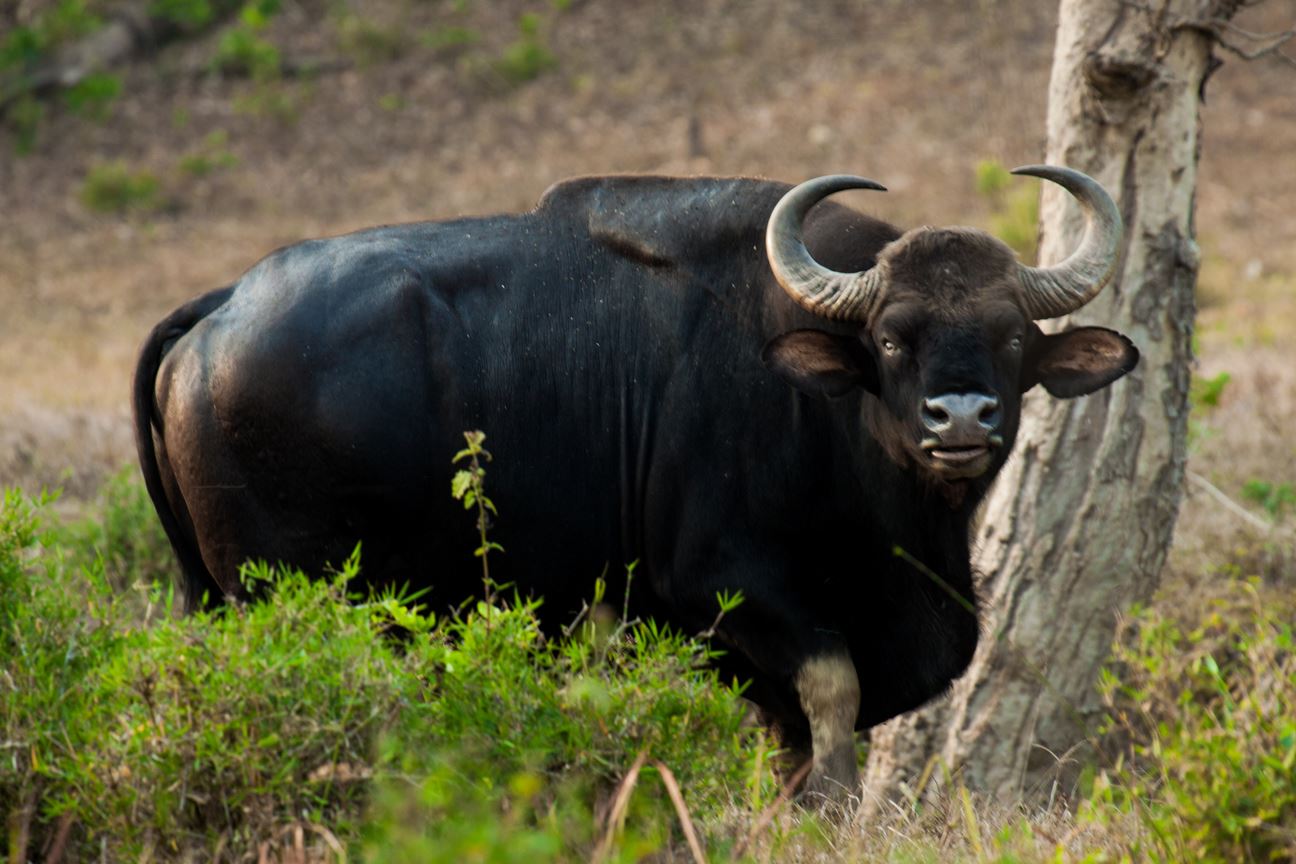 Note: This is an image of a gaur to show similarity to the extinct auroch
Note: This is an image of a gaur to show similarity to the extinct auroch
These beautiful animals were larger and more muscular variants of domestic cattle. They are said to be extremely similar to the extant Gaur, and looked exactly like them, albeit a little larger. They were eventually used for domestic purposes, however hunting of wild arch still continued. It is hypothesised that hunting, combined with habitat loss and crossbreeding, finally led to the extinction of the species with the last known individual dying in 1627.
2. Malabar Civet
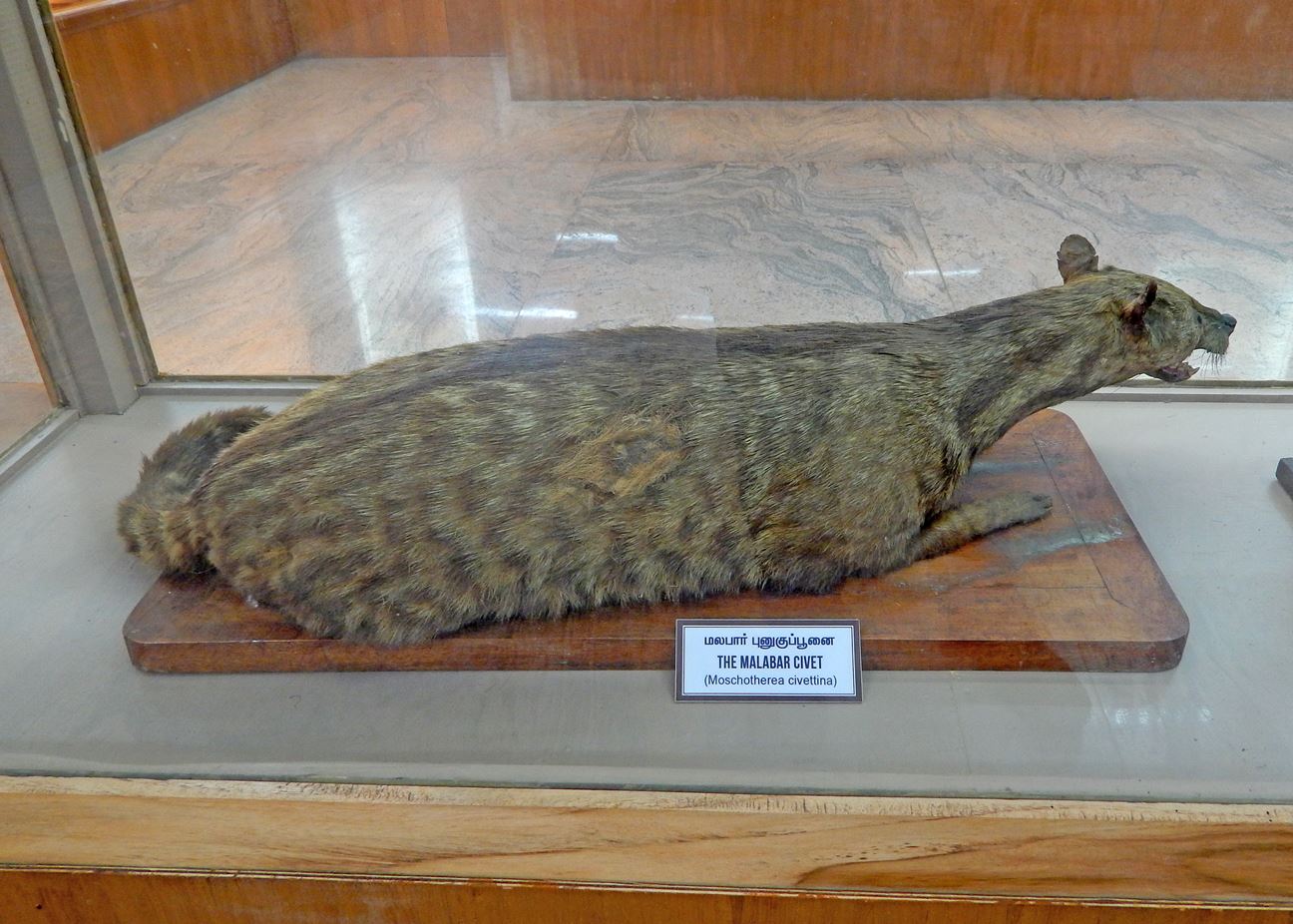
This animal is famously endangered but feared extinct. This 7 kgs civet cat was once abundant along the coastal stretch of the Western Ghats. However, has not been seen or recorded since 1990, when two skins were found. An attempt to spot them in 2007 using camera traps also proved futile. There is an ongoing debate whether it’s time to declare this species extinct or put more effort into looking for it. The reason for its decline is thought to be the demand for civetone, a substance extracted from the scent glands.
3. Pink-Headed Duck
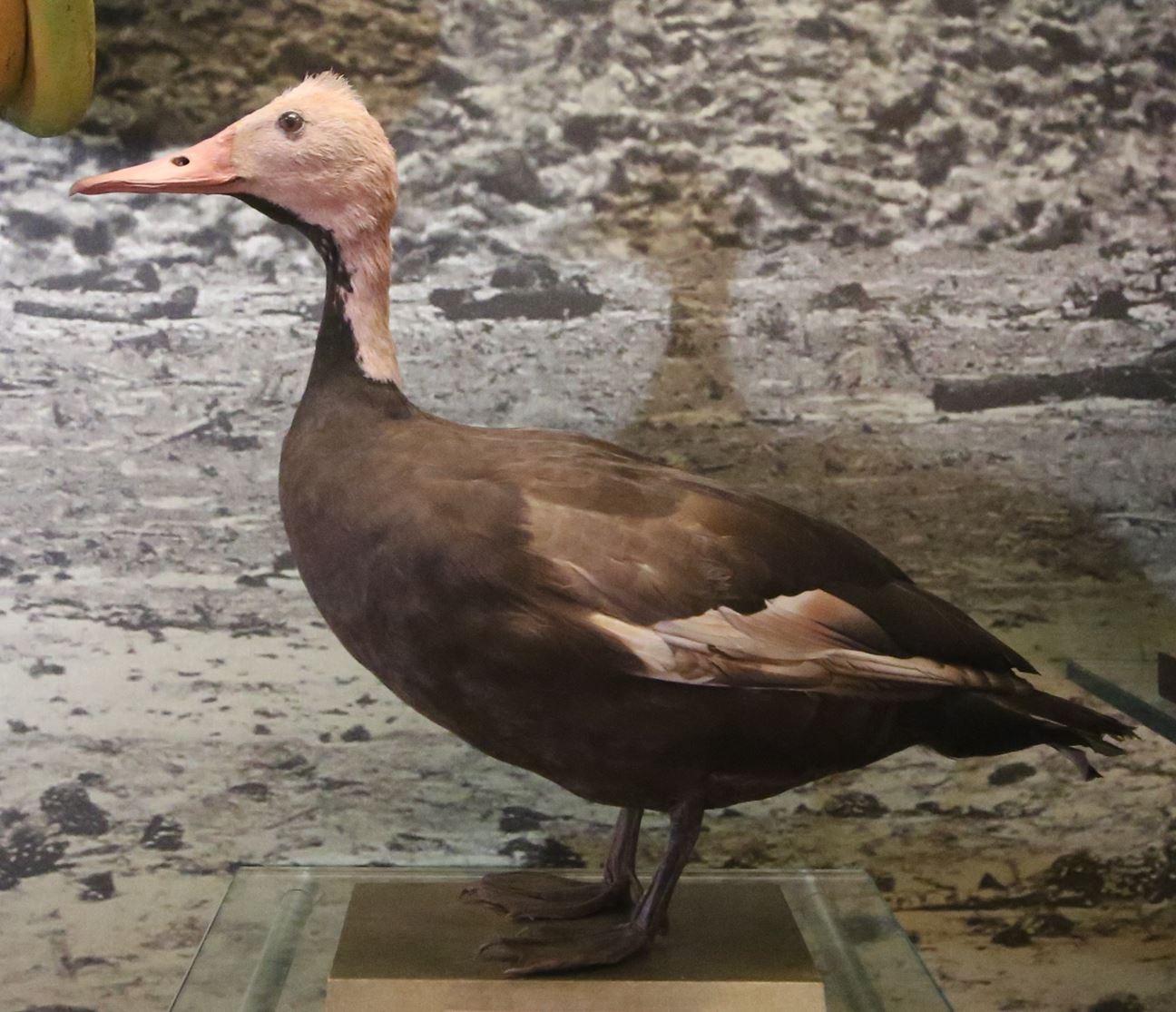
Here's another beautiful species that's extinct, possibly because of hunting and habitat loss. This large duck that was found around the Ganges, and already a rare animal, has now not been seen in 80 years and it has been declared extinct.
4. Himalayan Quail

The last verifiable record of this bird was in 1867 in Mussoorie, and since then it is on the list of possibly extinct animals. It is a medium-sized bird that used to be found in the Uttarakhand region. Again, on the list of likely reasons for extinction are human hunting activities.
5. Indian Javan Rhinocéros
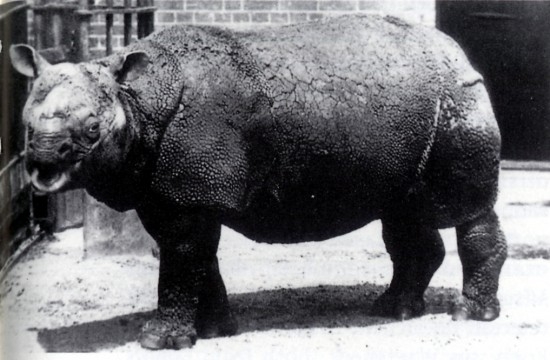
Once one of the most widespread rhinoceros species, the Javan Rhino has dropped to becoming one of the most endangered species in the world. Currently, they are extinct in India. They used to thrive along with the Assam and Bengal belt and all across south-east Asia. However, now the only population exists in Ujong Kulon National Park in Java. Causes for the decline? Poaching for their horns. Something that is threatening all Rhinoceros species worldwide.
6. Asiatic Cheetah
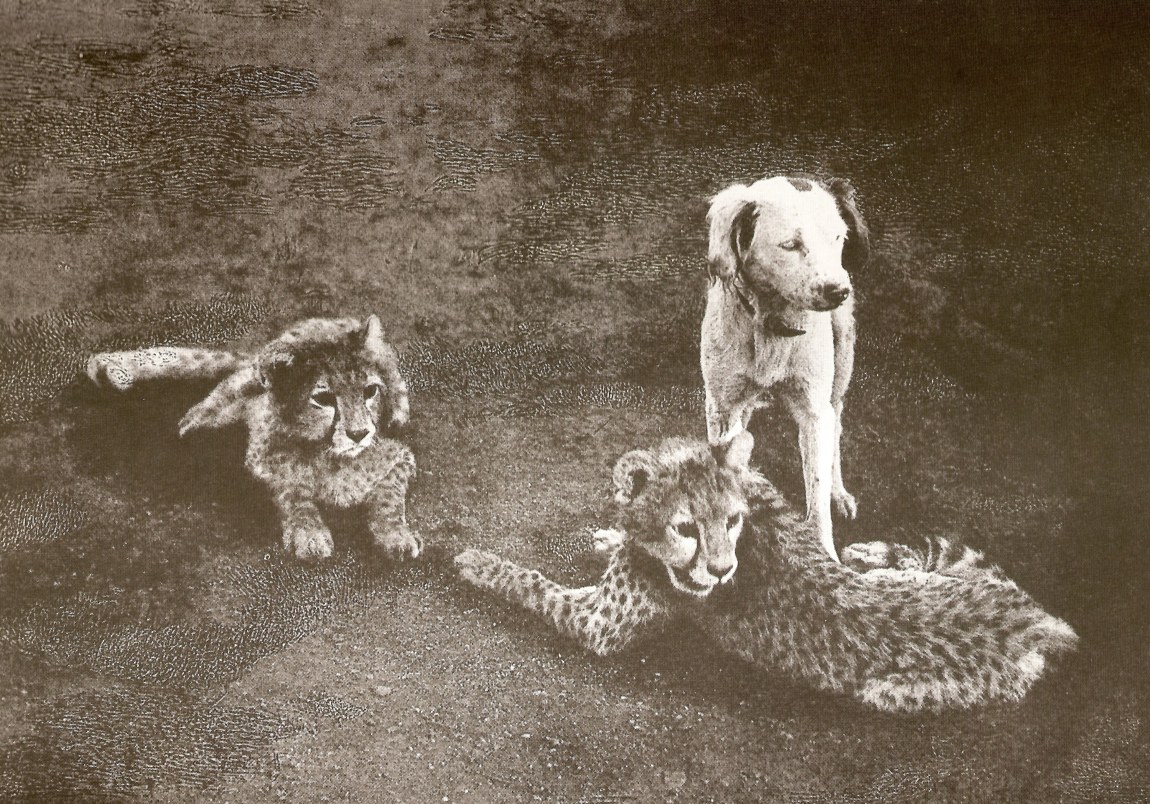
This famous case is now famous again due to the recent decision to reintroduce the locally extinct Asiatic cheetah back into India. As of now, the Asiatic cheetah is extinct in India and has been for 70 years with the last wild one being hunted to death for sport. Another reason is the appeal to keep cheetahs as pets in the wild, and they do not fare well in captivity. Cheetahs are very vulnerable animals when it comes to inbreeding and genetic bottlenecking, which is why their re-introduction has been carefully planned and debated.
Some argue that “but as species are going extinct, new species are coming up, so who are we to “conserve” and stop the natural cycle of things”. Well, the natural rate of species is going steady at its normal rate. One might confuse this with species discovery rate, which is how many new species are discovered or names each year- but arguably those species are already existing within the animal community, and are just being newly named by us. The species extinction rate, however, is at an all-time spike, with 0.1% of all species becoming extinct each year. That is an estimated 200-2000 species lost each year. Since we are seeing a rate of extinction that is 1000 times the natural rate of extinction, the value of mass conservation and protection cannot be stressed.